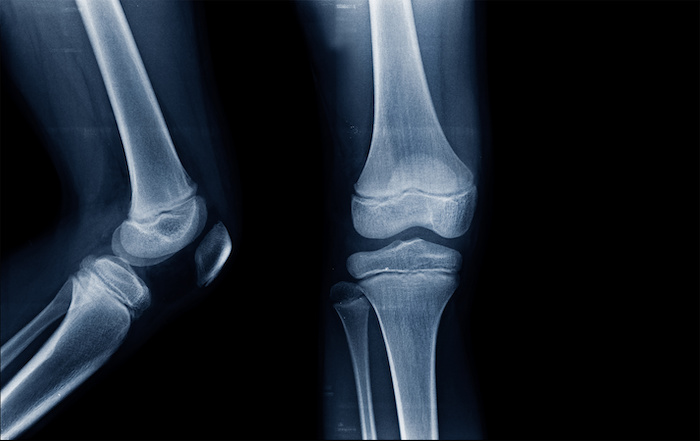Is There an Age Limit for Limb Lengthening
Patients are often concerned about age limits when considering limb lengthening or discussing it with a loved one. Theoretically, there is no upper age limit to prevent someone from having surgery to become taller. In our trauma practice, we have corrected deformities and limb length issues in very young as well as elderly patients alike. However, the question of surgical risk must always be top of mind. Patients in their 20s- 50s are best able to handle the physical stresses of major surgery. They have also stopped growing, and by now, growth plates have closed. This means that the limb lengthening surgery should not cause stunted growth or other growth-related concerns that are often considered in adolescent patients. Finally, bone strength in this age range is at its peak.

